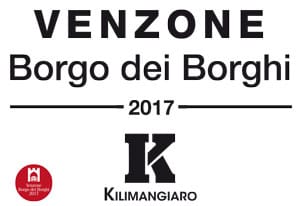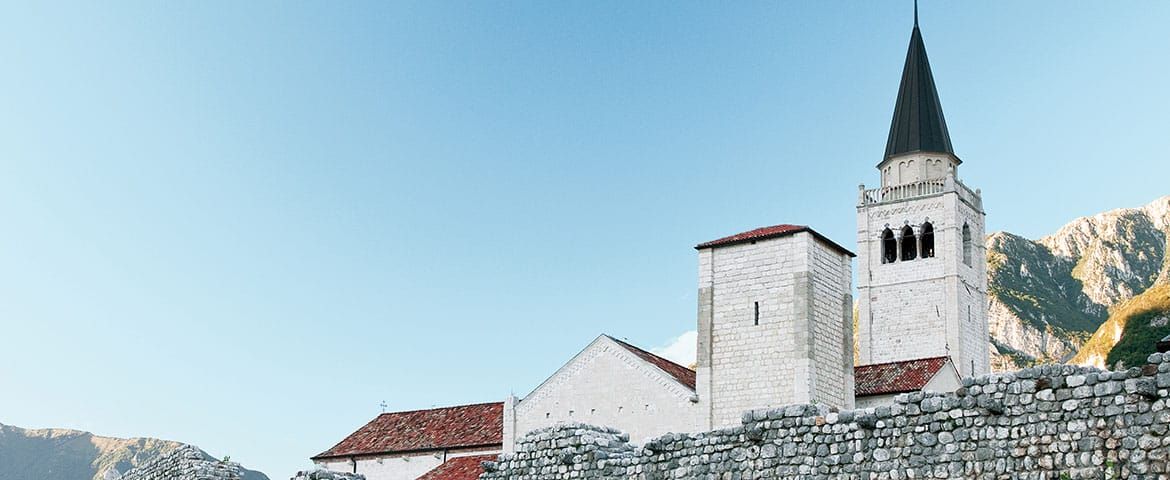We are present



Venzone, at the foot of the Julian Pre-Alps in Friuli

Nestled at the foot of the Julian Alps along the banks of the River Tagliamento is the fortified town of Venzone, a strategic point in ancient times, today close to the border of Austria and Slovenia.
In 1258, for security, double city walls were erected extending for 1300 meters and protected by sixteen towers. This is a true masterpiece of medieval military engineering and unique in Friuli.
In this period (XIII - XV Century) Venzone experienced a flurry of life and interchange. Merchants, bankers, Jewish, Sienese and Florentines and those from over the mountain brought their goods, as well as their artistic and cultural traditions.
Between May and September of 1976 a long series of earthquakes destroyed many towns of Friuli including Venzone. The town was reborn thanks to the tenacity of the people of Friuli, who reconstructed it according to the typical style of the Middle Ages.
A careful and exemplary work of philological reconstruction, adopting the technique for anastylosis (replacing of the original stone elements recovered and integration of those destroyed), has allowed the recovery of monuments and walls surrounding the cathedral, beautifully reconstructed stone by stone, in addition to reconstruction of the urban fabric and housing construction.
Venzone is recognized as a National Monument.
To fully understand the experience of the earthquake of 1976 as well as the technical, social and cultural ramifications, a visit to the Museum Tiere motus is a must, the story of an earthquake and its people, in which visitors can re-live the moment of the shock of the earthquake on May 6 in the simulator.
Strolling along the picturesque streets of Venzone you can discover interesting signs of the past: like the Town Hall Square with its the Municipal Building, an example of Venetian Gothic architecture built around the year 1400.
Alongside the cathedral is the cemetery chapel of San Michele, where mummies that made Venzone famous are preserved in the crypt. The mummification process is not due to human intervention, but to natural causes (temperature and humidity perfectly adapted to the high level of calcium sulphates in the soil). The mummies were very popular in the past centuries; Napoleon enjoyed the same tour in 1807.
A special event is the Pumpkin Festival held annually the fourth weekend in October.
During the two-day celebration, the pumpkin is the undisputed star of the show. The village is illuminated by magic and history, and the streets are lit up by flares and torches, inhabited by nobles, knights and ladies, innkeepers and tavern keepers, shopkeepers and merchants.
The re-enactment of historical parades are enhanced by music and medieval dances, surrounded by the movements of jugglers, flag throwers, acrobats, fire eaters and sword-swallowers. Of special note are the treats made with pumpkin, like savoury dumplings, tasty soups and delicious desserts.



